Sci-Fi, Technology
The Quantum Connection: Exploring Tomorrow’s Tech Through Sci-Fi’s Lens
Science fiction readers, gather ‘round your glowing screens (or perhaps your holographic reading boards of the future).
Quantum Networking: Spooky Action and Ultra-Secure Gossip Channels
Picture this: two particles so intrinsically linked that when you whisper to one, the other giggles halfway across the galaxy. That’s the magic of quantum entanglement, and quantum networking takes this idea and asks, “What if we could use it to send secret notes no one can intercept?”
In science fiction, this concept isn’t new. Isaac Asimov’s The End of Eternity flirts with the idea of instant communication across time (which, let’s be real, is just quantum networking with extra flair). In television, the ansible, a staple of many sci-fi universes, often features quantum principles to enable faster-than-light messaging. Authors have long dreamed of breaking the barriers of communication: no more waiting for the interstellar mail carrier, just instantaneous, unhackable gossip.
But quantum networking isn’t all about whispering sweet nothings to distant particles. The real-world implications are enormous. For sci-fi writers, it’s a goldmine. Imagine a future where espionage becomes a game of quantum cat-and-mouse. Governments could encrypt messages so secure that even the most advanced AI (read: sentient villain of Act Three) can’t break them. Conversely, a rogue faction could manipulate quantum networks, collapsing the system and plunging societies into chaos. You’re welcome for the plot twist.
Neuromorphic Computing: Your Brain’s Smarter Sibling
Now let’s turn our attention to neuromorphic computing. If quantum networking is the introverted, mysterious genius of the tech world, neuromorphic computing is its boisterous, overachieving cousin who aced all their exams and still had time to save the environment. Inspired by the human brain, neuromorphic systems aim to process information more like we do—quickly, adaptively, and with just the right amount of error to keep things interesting.
Science fiction has always loved the idea of mimicking the brain. Think of HAL 9000 in 2001: A Space Odyssey, whose decision-making abilities were eerily human (and just a touch murdery). Or the Mass Effect series’ Geth, a collective of neural-networked AI learning to think, evolve, and maybe overthrow their creators. In speculative fiction, neuromorphic computing often walks the fine line between benevolent helper and apocalyptic overlord. Fun!
What makes neuromorphic computing exciting for sci-fi is its potential to bridge the uncanny valley between machine and human thought. Imagine a future where characters interact with machines not as tools but as companions—or rivals. A ship’s AI might learn its captain’s habits so well that it starts making decisions before they’re asked. “I’ve already plotted the course, Captain. And no, I won’t steer toward the asteroid field this time.”
Using These Technologies in Your Stories
Here’s the kicker: these technologies are more than just science fiction set dressing—they’re narrative catalysts.
Quantum networking could underpin a noir detective story where every clue is hidden in quantum-encrypted messages. A protagonist might race against time (and entanglement) to unlock secrets buried in the ether before a sinister corporation gets there first. Alternatively, imagine a romance where lovers communicate via quantum letters that no one else can read. Throw in a plot twist where one letter mysteriously arrives in the wrong timeline, and voilà, you’ve got yourself a bestseller.
Neuromorphic computing, on the other hand, is perfect for exploring identity and autonomy. What happens when an AI develops a “personality glitch” and starts questioning its purpose? Or when a character uploads their consciousness into a neuromorphic network only to find it less hospitable than advertised? Think The Matrix, but instead of dodging bullets, your heroes are navigating a world where every corner of the network has a mind of its own—and opinions on how you’re using it.
A Lighthearted Conclusion (Before We All Get Replaced by Robots)
While these technologies may sound like the brainchildren of the Star Trek writers’ room, they’re real, tangible developments. For now, they’re just fledgling concepts, tucked away in research labs and whispered about in niche tech blogs. But for authors, they’re a treasure trove of speculative possibilities. The future awaits—entangled, neuromorphic, and brimming with stories yet to be told.
About Leif J. Erickson
Leif J. Erickson is a science fiction and fantasy author from a small farming community in west central Minnesota. Using his time wisely when he was a farmer, Leif developed many ideas, characters, and storylines to create over fifty unique first drafts and outlines for stories. From his start in a small town school, to college at North Dakota State University, back to his family farm, then to the bright lights of Minneapolis, Minnesota, and back to his small farming town, Leif has always had a love of writing.
When Leif isn’t writing he can be found with his wife hiking in state parks, canoeing local lakes and rivers, exploring local and regional ghost towns, experiencing museums, or simply reading or hanging out with friends and family. Leif draws on the local nature and ecology to find inspiration for his writing while he also asks what’s possible for technology and the human race, weaving them together for amazing stories that will stay with the reader for years to come. Leif looks forward to having many novel and story releases in the years to come.
You can see all of Leif’s Books here: Leif’s Amazon Author Page







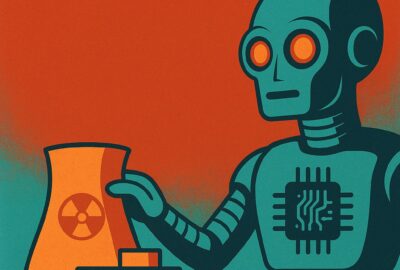
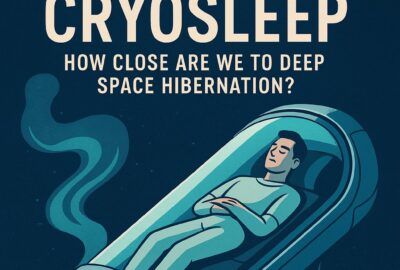



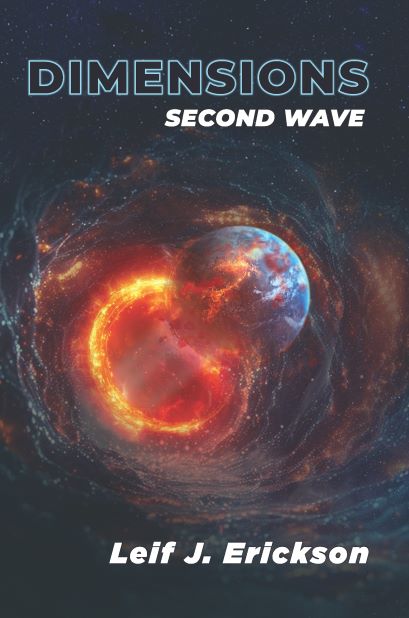
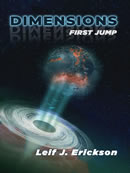



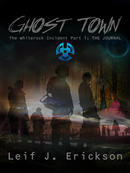

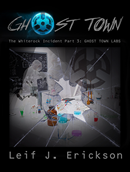
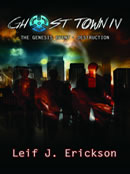
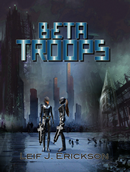

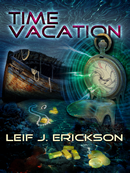
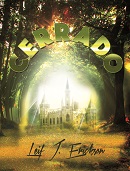




Leave a reply
You must be logged in to post a comment.